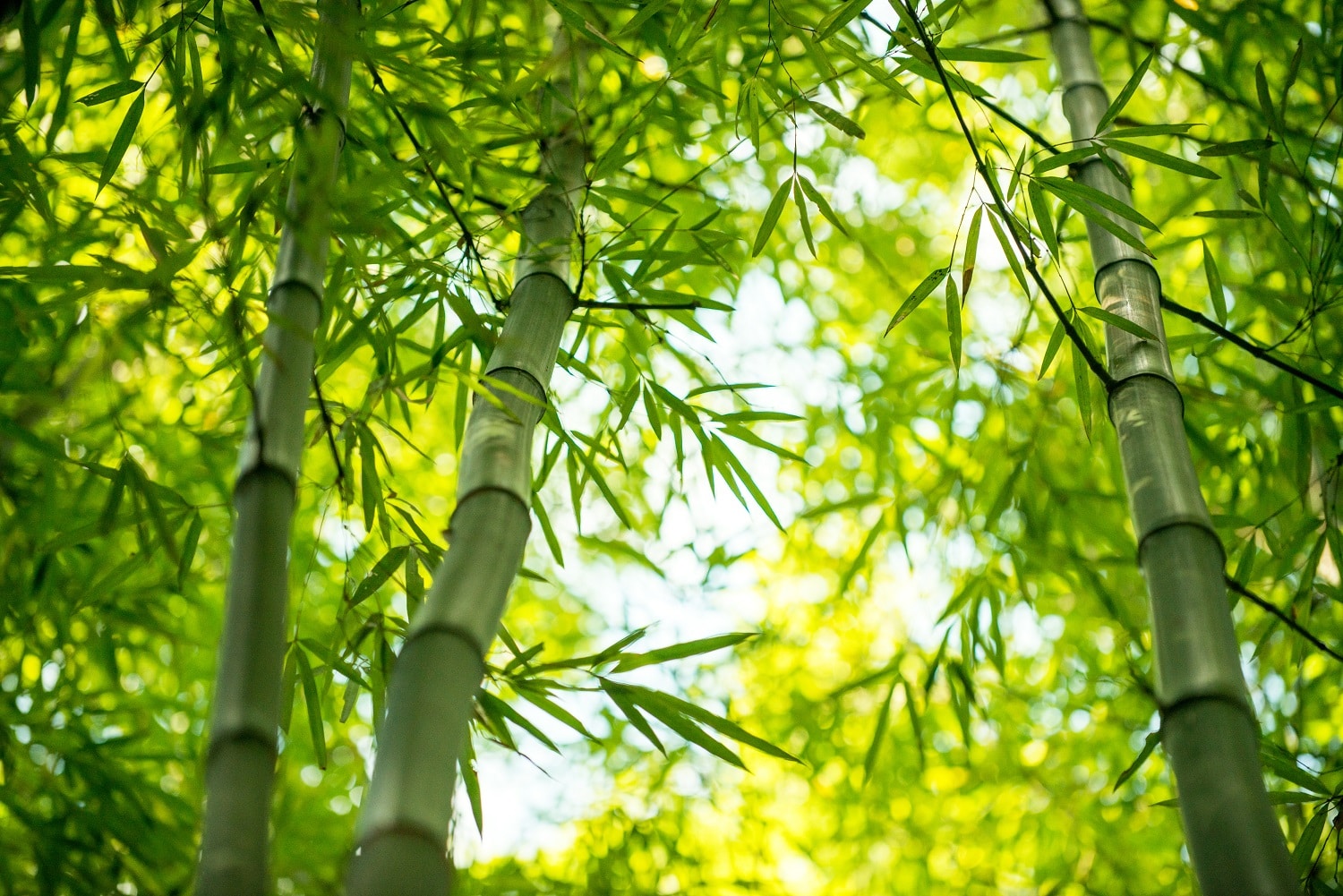
To avoid inconveniences, the 80 varieties of bamboo found in the garden require a few precautions when planting: in addition to being a great drinker and a big eater, our friend from Asia is also very invasive.
Total containment
Plan to line your hole vertically with an anti-rhizome barrier about 50 cm high to the surface. Propylene film is commercially available for this purpose, but cheaper alternatives (waterproofing sheeting, old patio tiles, etc.) are available. The main thing is to make sure that the protection is well joined to avoid that the powerful roots rush into a gap and colonize the neighborhood.
A rich and structured soil
Ideally, in addition to the sunniest possible exposure, bamboo needs soil that is slightly acidic, rich in nutrients and able to retain water. To do this, fill the hole with 50% garden soil mixed with 25% peat and 25% potting soil. Spread about 10 liters of horse manure per square meter on the surface, which you will incorporate into the soil by scratching.
Retain water
Plant the bamboo after having immersed it for 10 minutes in buckets of water to rehydrate the root ball. Use excess garden soil to build a small enclosure around the pit to retain water in the planting area. Mulch if possible to limit water evaporation, especially since this will protect the plants from the winter cold.
Drink up!
Water copiously. Thereafter, you will have to deal with two key periods: the first year after planting and periods of drought. Keep an eye on your bamboo and don’t wait until the leaves curl up because of lack of water to water. Do it in quantity but spaced out so that the water goes deep and forces the roots to go down.

